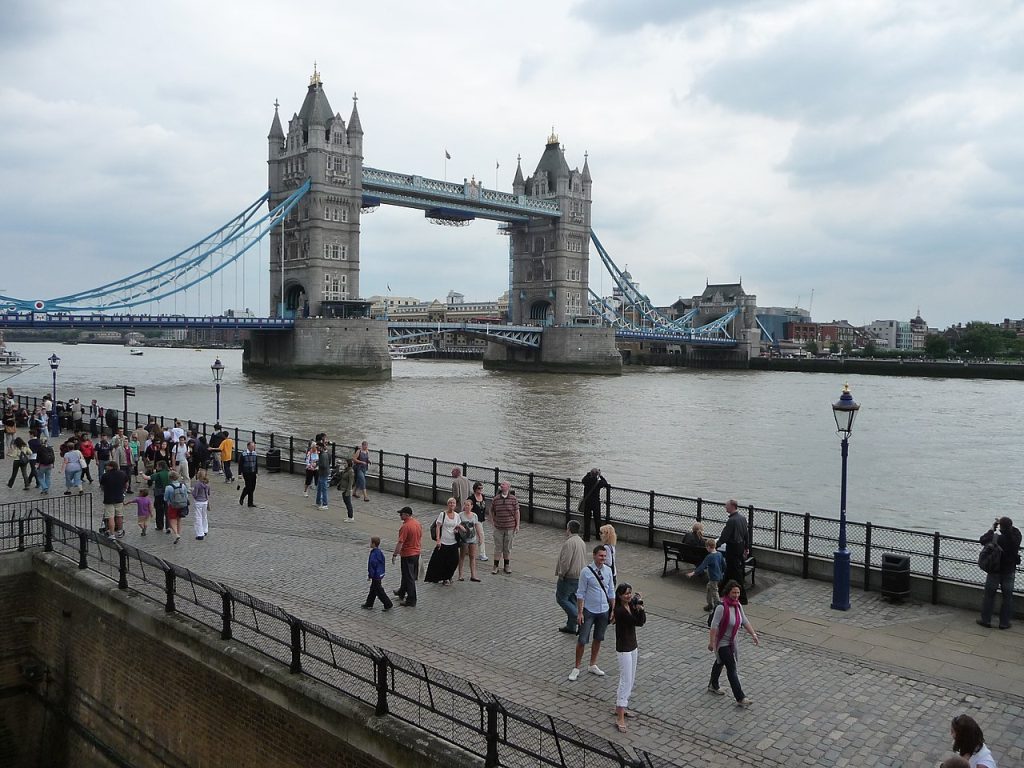With its vast population of over 9million, the prevalence of unidentified bodies in London is not overly surprising. Since the sixties, 189 bodies found in the capital still remain anonymous – the most out of all police force areas in the UK.
Emma Tilley, a PhD student at Staffordshire University who also works with Locate International, is currently working to improve the procedures surrounding the link between missing persons reports and the investigations into unidentified bodies, in order that any connections between the two are more likely to be made.
Tilley says: “It’s not unknown for people to travel [to London] to take their own life without identification on them – in order to save their family that pain. Of course, we know that this actually leaves families with ambiguous loss because they don’t have any answer to where their loved one is.”
Of the unidentified bodies found in London since 1966, nearly ten per cent were found in Tower Hamlets, with 18 bodies found in the borough still remaining unidentified. Southwark closely followed behind at nine per cent, including 17 still-unidentified bodies.
In terms of accounting for such trends, the top four boroughs for unidentified bodies each included the River Thames within their locality (Tower Hamlets, Southwark, Greenwich and Westminster).
“Within London, there tends to be a pattern of unidentified bodies found in the Thames – obviously the risk that water presents is a key factor there,” says Tilley.

The majority of the 18 Tower Hamlets cases date from the seventies and eighties. Tilley believes this was likely due to the limited police resources at this time, the lack of affordable DNA testing, and the fact that social media appeals were not possible: “Those are key tools now that the police can now use to make appeals, to share stories of interest for members of the public to share.
“Back then, there weren’t facial reconstructions, and DNA was only widely used for unidentified bodies cases from the 2010s onwards. Science has come a long way since the seventies and eighties.”
Given the lack of facilities at this time, and the additional responsibilities falling on the Metropolitan Police, these decades-old cases have remained largely untouched since their initial investigations: “It’s impossible to prioritise those cases when there are live, high-risk, missing persons cases, domestic violence cases, terrorism… There is no family calling to check on unidentified cases – they don’t have the same priority as other kinds of police work.”
Dave Grimstead, co-founder of Locate International, believes that some bodies cannot be identified because the person was never reported missing in the first place, referring to these examples as lost contact cases.
“When somebody is found and identified, they start searching the unsolved missing persons cases to see if they can find a match for that individual,” says Grimstead.
“These lost contact cases are thus never reconciled because nobody is ever looking for them, nor pursuing the relevant data”
Homeless people in particular are unlikely to have been reported as missing. In Kensington and Chelsea, 43 per cent of the bodies found were thought to have belonged to people living on the streets: “It makes sense, because of lost contact with family.”
However, many databases label recovered bodies as vagrant simply based on the appearance of such individuals, a feature which Tilley states cannot be relied on with confidence: “It is a significant factor, but we can’t always take it at face value when the police reports, especially from pre-2010s, state, ‘Has appearance of a vagrant.’ It’s always good to try and establish further details – what led the police to think that person was homeless?”
Grimstead agrees, stating that the details found in modern unidentified body cases are often “too detailed” for the relevant information systems.
With the link between missing and unidentified bodies so crucial, Tilley believes that the shift to online has caused difficulties in police databases: “Not too long ago, everything was done by paper and this move to online has meant that there is room for improvement in the labelling of data and quality of data.”
As well as this, Grimstead emphasises that present databases must be updated to reflect unreported cases: “There is no easily searchable database to find somebody you may have lost contact with – I doubt many would go to the UK Missing Persons Unit site for unidentified bodies to find someone they have lost contact with.”
Grimstead intends to near a potential solution working with Locate International, hopefully resolving the issue in the future: “The biggest gap in the moment is around that lost contact.
“We’re developing a system where family members can upload their own data. We could compare this with missing persons databases for unidentified bodies to see if a match can be obtained – it would be like creating the Google of missing persons databases.
“It takes the onus off the family to search, but also provides an easy way to submit the information.”